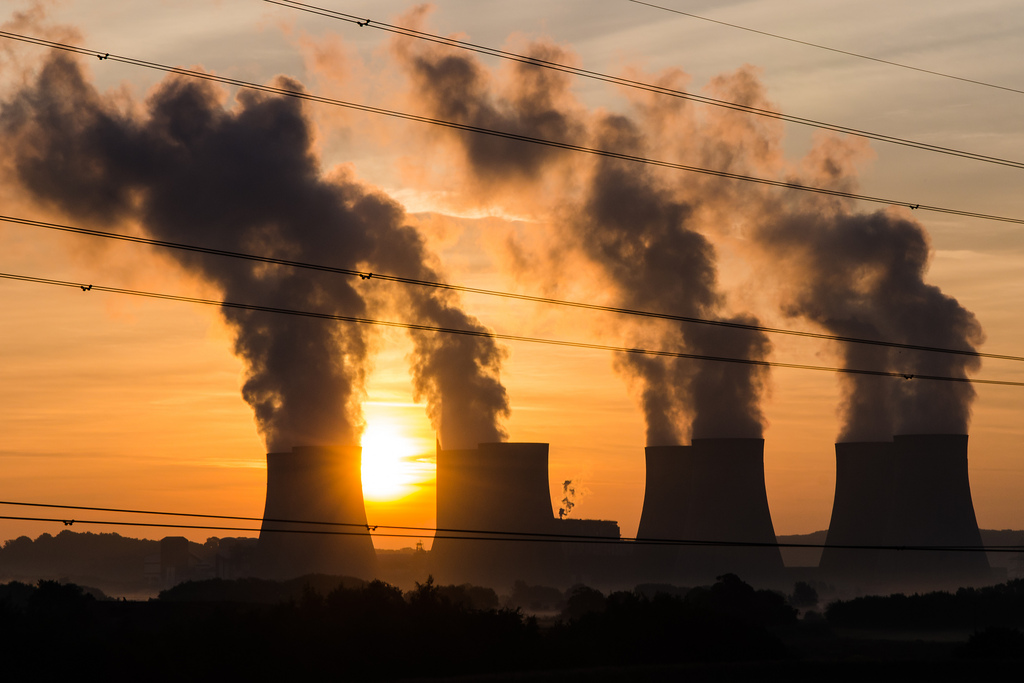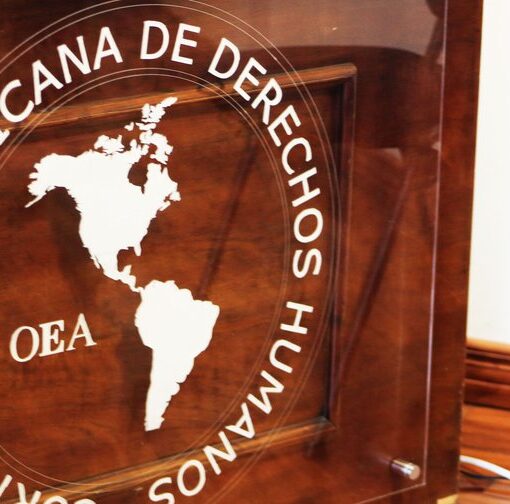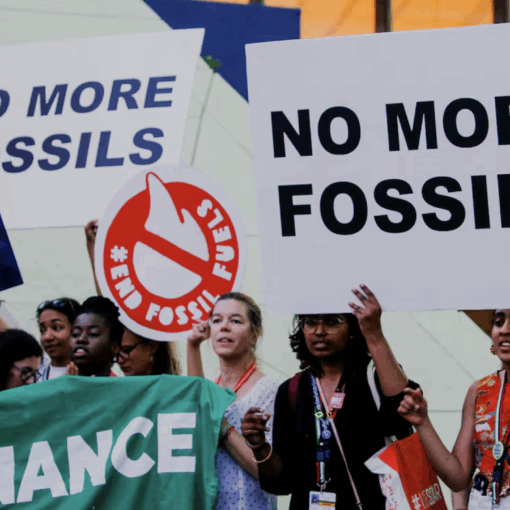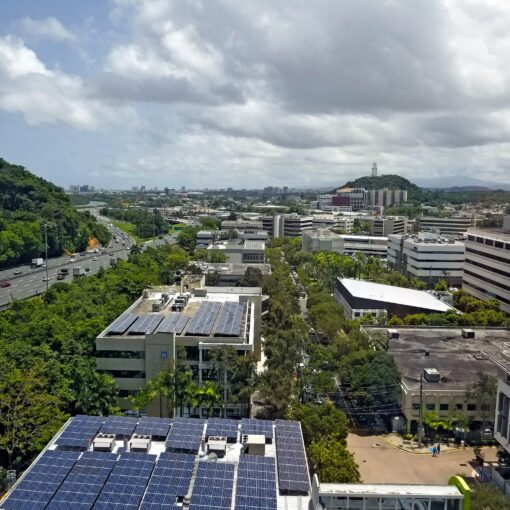
Litigation against major corporate greenhouse gas (GHG) emitters has proven extremely tough. Even as successful cases against governments have blossomed, private suits face significant barriers. A civil law breakthrough came in 2021, with the ruling of a Dutch court against Shell. In Smith v Fonterra, decided by New Zealand’s Supreme Court this week, we have perhaps the biggest common law breakthrough.
Michael Smith brought tort claims against New Zealand’s seven largest GHG emitters, which are collectively responsible for one-third of all New Zealand GHG emissions. He argued the defendants’ activities amount to torts of public nuisance and negligence, and also raised a novel claim asserting that the defendants have a climate duty. Smith further argued that the defendants’ emissions affect him personally. As a Māori leader with an interest in customary land, Smith argued that the defendants’ actions would harm him through impacts related to rising sea levels, loss of sites of cultural and spiritual significance, damage to fisheries, and adverse health impacts. Smith asked the Supreme Court to permit him to seek declarations that the defendants had “unlawfully either breached a duty owed to him or caused or contributed to be a public nuisance, and have caused or will cause him loss through their activities”; and to require them to reduce emissions. Notably, Smith did not seek damages.
Two of Smith’s arguments were struck out by the trial court, though the third claim – the novel climate duty – was allowed to go to trial. New Zealand’s Court of Appeal, however, struck out all three claims, meaning that Smith would not receive his day in court. Smith appealed. In this most recent ruling, the Supreme Court unanimously reversed the Court of Appeal’s decision. All three of Smith’s claims will now proceed to what may the be first full climate tort claim in a common law jurisdiction.
In this post, I summarize the Smith case and, in particular, the Court’s approach to public nuisance. I then preview the significant barriers that Smith still faces. Finally, I consider what courts and lawyers in other jurisdictions might learn from the Smith decision.
What did the Supreme Court decide in Smith?
The Supreme Court’s 7 February 2024 decision is a preliminary one. Rather than ruling on the merits of Smith’s argument, the Court considered whether the claims should be struck out before even reaching trial. Under New Zealand law, such arguments should be struck out only if they “disclose[] no reasonably arguable cause of action”. This is a high threshold, and surviving a strikeout challenge is no guarantee of success at trial.
The decision ultimately concerns whether Smith’s main claim in public nuisance amounts to a “reasonably arguable cause of action”. The Court clarified that a person is liable in public nuisance where they either (a) do an act not warranted by law or (b) omit to discharge a legal duty and further, where “the effect of the action or omission is to endanger the life, health, property or comfort of the public or to obstruct the public in the exercise or enjoyment of rights common to all Her Majesty’s subjects” (para. 109, quoting R v Rimmington [2005] UKHL 63, [2006] 1 AC 459. In other words, a public nuisance is something that endangers public interests or public rights. As this open-ended definition suggests, public nuisance is a slippery tort. Following the lead of the appellate court, the Supreme Court identified four specific questions to better identify whether the claim could reasonably succeed.
First, the Court analyzed whether Smith had plausibly identified public rights that were being interfered with. The Court found that he had – the impacts of climate change would indeed engage rights that fit within the categories identified in existing case law. Secondly, the Court affirmed the appellate court’s finding that public nuisance need not involve otherwise illegal activity. In other words, the fact that the defendants’ GHG emissions were not illegal (for example, under an express statutory regime) was not a basis for striking out the claim. Third, the court considered the “special damage” rule. This is a standing rule that requires that public nuisance claims only be brought by plaintiffs who are harmed in a way that is different from the general public. The Court queried whether this rule should remain part of the law, and even if it did, Smith’s material and cultural interests as a Māori coastal landowner were at least plausibly “special” enough to meet the rule’s requirements.
Finally, the Court considered causation. Demonstrating a specific causal chain between a defendant’s emissions and the plaintiff’s harms is extremely challenging. No single emitter is the cause of any person’s harm. Instead, any emitter’s GHG emissions mix with the emissions of millions of others, contributing to a global problem. How does one differentiate the defendants’ actions from those of any other, particularly given New Zealand’s globally small (though per capita large) contribution to GHG emissions?
The Court found that Smith had done enough for these questions to proceed to trial. Importantly, the Supreme Court found that the causation problems presented by Smith’s claims were fundamentally similar to other public nuisances involving multiple contributors, such as Industrial Revolution-era air and water pollution cases. “Climate change,” the Court concluded, “engages comparable complexities, albeit at a quantum leap scale of enlargement” (at para. 157). “Cumulative causation” problems presented by climate change should at least receive “evidence and policy analysis,” (at para. 166) and should proceed to a full trial: “the common law must develop, if at all, in the fertile fields of trial, not on the barren rocks of a strike out application” (at para. 173).
Having found that Smith had done enough to show a reasonable public nuisance case, the Court permitted the two remaining causes of action – negligence and the proposed novel climate duty – to also progress to trial. The Court also rejected arguments that New Zealand’s statutory regime for climate torts displaced the common law claims.
What challenges will Smith face at trial?
Smith still has many obstacles ahead of him. The Court’s decision doesn’t resolve the matter: it only means it will proceed to a lengthy and complex trial.
Two of Smith’s problems might be thought of as the “defendant problem” and the “plaintiff problem”. First, why should these seven defendants be singled out? And secondly, why is Smith so special that he should bring the claim, rather than anyone else?
Under New Zealand law, a party is liable in public nuisance only when their activities “substantially and unreasonably interfere with public rights” (at para. 111). And it’s not clear that even the activities of the seven defendants, representing a third of New Zealand’s overall GHG emissions, amount to a “substantial” interference. As the Court noted, “[t]he respondents are not responsible for at least 99.8 per cent of global emissions” (at para. 138). This problem, sometimes referred to as a “drop in the ocean” problem, is pervasive in climate litigation, and has sometimes (though not always) been fatal. A related problem is one of line-drawing. If these defendants are liable, isn’t everyone liable for the impacts of their even modest emissions?
The Court dropped some hints about what Smith might have to prove to meet the “substantially and unreasonably” threshold. At minimum, the Court accepted that the defendants’ activities can be distinguished from “[p]atently, ordinary domestic activities involving individuals travelling, warming their houses and cooking food, [which will not meet the threshold] and may be de minimis” (at para. 168). Only some emitters will cross the threshold from de minimis to substantial, an evaluation which involves (at least) normative policy questions; consideration of tikanga Māori (Indigenous customary law, which forms part of New Zealand’s common law); and the country’s domestic and international human rights obligations (at para. 169). Although public nuisance is a strict liability tort (meaning that the defendants’ mental states are irrelevant), the defendants’ knowledge of their emissions and their foreseeability of harm will also likely be very relevant to Smith’s claim in negligence.
The second problem for Smith will be to show why he is special. As noted above, to bring a public nuisance suit, plaintiffs have traditionally had to show “special damage” – that is, the defendant’s interference with a public right has harmed them in some unique way. Smith might argue that this rule should be abandoned altogether, a view which the Supreme Court seemed sympathetic to. If the rule is retained, Smith will likely rely on his unique position as a Māori elder with an interest in coastal property. As he argued, both coastal populations, and Māori generally, are at greater risk of harm from climate change. The Supreme Court recognized that this was at least a plausible basis for claiming special damage: Smith brought the claim not as “an alleged proprietor who has suffered loss, but as a kaitiaki [guardian] acting on behalf of the whenua [land], wai [water] and moana [ocean].” The Court also expressly stated that the special damage requirement must be considered through the lens of tikanga Māori as a source of common law. Smith identified a range of tikanga Māori principles which may well be important at trial.
What is the Significance of the Decision?
Public nuisance tests are broadly similar across the common law world. Climate nuisance suits are proliferating, with over 30 such suits pending against private companies in the United States alone.[1] The Supreme Court’s decision signals that there need not be any absolute barrier to such suits. Climate change is a complex problem, but its features of policy conflicts, multiple contributors, and counter-intuitive causation are issues that the common law has grappled with before. It is significant that, in Smith’s case, the Supreme Court relied extensively on 19th century pollution cases, drawing on a heritage common to many countries. The decision may give judges elsewhere the tools to at least let such claims progress to trial.
On a more abstract level, the decision may provide a model for judicial engagement in both common and civil law countries. Smith had lost at the Court of Appeal largely because the Court felt that climate change was a matter for regulators, rather than the judiciary. But the Supreme Court rightly identified that even an extensive scheme of regulation might leave gaps and problems for other legal tools to fill. The Court demonstrated that engaging with climate claims need not require extensive supervisory remedies, or the construction of a rival scheme of regulation. Indeed, the Court frankly acknowledged that the plaintiff was hoping the claim would catalyze further private and regulatory action, rather than inserting the Court as an ongoing regulator itself (at para. 58). The Court suggested (at para. 173) that even purely declaratory relief might have this effect.
There is still a long way to go. But the case should, at least, provide judges with the tools to take private law claims against major emitters seriously. And it should put corporations on notice: failing to reduce GHG emissions is a legal risk. The best way to avoid it is by cutting emissions, drastically.
[1] See Common Law Claims, Sabin Center Climate Change Litigation Database (accessed Feb. 7, 2024) https://climatecasechart.com/case-category/common-law-claims/.

Sam Bookman
Sam Bookman is the Sabin Center's rapporteur for New Zealand.




